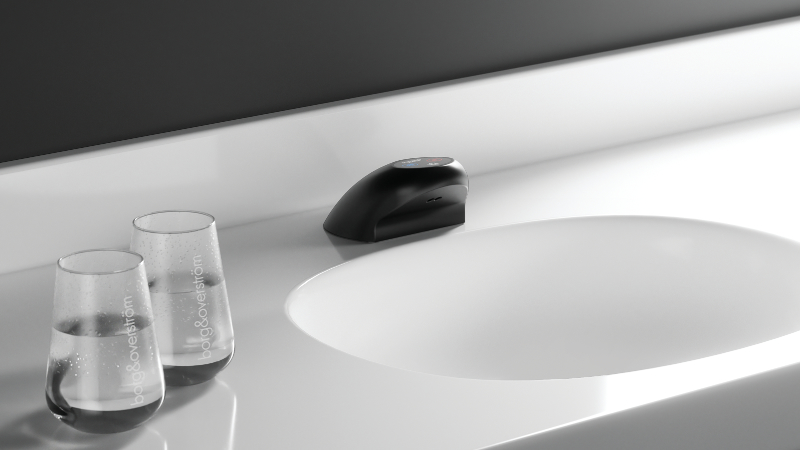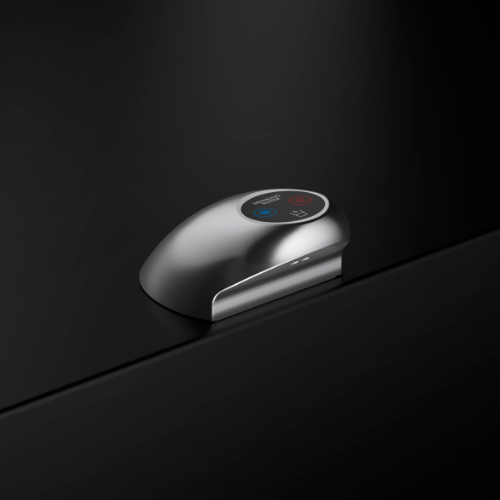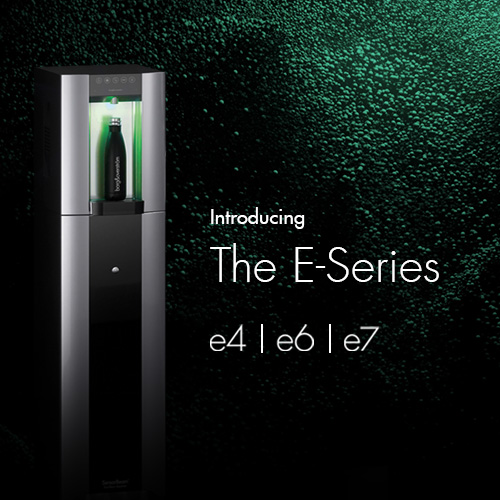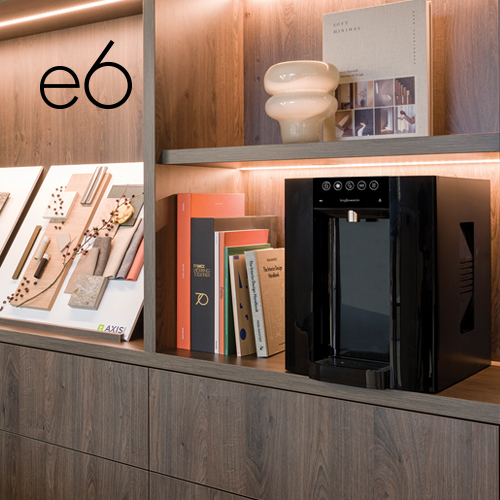What is the difference between ligature resistant and anti-ligature?

Anti-ligature and ligature resistant are terms often used in connection with the healthcare industry, especially in challenging environments like behavioural health units, where there is a significant risk of patient self-harm.
A hard truth today is that suicide remains an issue in the healthcare setting, with statistics showing 70% of suicides occurring through the use of a ligature point in the patient’s bathroom, bedroom, or closet. Understanding the importance of this issue, Borg & Overström have brought 20 years of experience in manufacturing exceptional drinking water dispensers to the crucial field of healthcare.
In this blog, we will explore what is meant by the terms anti-ligature and ligature resistant, and exactly why it is crucial to ensure access to safe drinking water in challenging healthcare settings.
- What is a ligature point?
- What does anti-ligature mean?
- What does ligature resistant mean?
- Elevating safety standards with ligature-resistant designs
What is a ligature point?
The vast medical world is filled with complex concepts and terminology, and so it is perhaps best that we first start by defining exactly what a ligature point is.
A ligature is a point from which anything that can be used to tie or leverage a cord, rope, or other materials around. In a behavioral or mental healthcare setting, ligature points pose a huge threat to patient safety as they are often used for the purpose of self-harm or suicide.
What does anti-ligature mean?
It is important to note that many medical experts regard ‘anti-ligature’ as a misnomer, for pragmatically, nothing can be completely ligature-free. Today, the term is used more superficially to encompass products designed and adapted to best fit the healthcare environment, and can be broken down into three main design types:
- Load release anti-ligature: An Item that will release from its fixing to prevent a ligature when an abnormal load is applied
- Fixed anti-ligature: Item is fixed in place, however, is designed to minimise potential for a ligature to be achieved by looping or wrapping with a cord or similar object
- Weapon deterrent: Designed to reduce the risk of an item being used as a weapon or instrument for self-harm or harming staff
Anti-ligature, therefore, refers to a solution or product that has been designed specifically to prevent a ligature from staying secure or fixing point for a ligature to be attached.
What does ligature resistant mean?
While medical experts regard ‘anti-ligature’ to be an unachievable claim, ligature resistant is defined as: “without points where a cord, rope, bedsheet, or other fabric/material can be looped or tied to create a sustainable point of attachment that may result in self-harm or loss of life”.
As such, ligature-resistant products are specifically designed with patient safety and well-being in mind – constructed to have smooth and seamless finishing to prevent points where a cord, rope, or any other type of material can be wedged or levered to create a substantial point of attachment and tension that may result in self-harm or the loss of life of a patient.
Ligature resistance then, signifies a purpose built product that greatly reduces the ability for patient misuse or vandalisation and, more specifically, is designed without points or sharp edges that could provide opportunity for patients to be unintentionally harmed.
Elevating safety standards with ligature-resistant designs
The emergence of ligature-resistant designs marks a significant advancement in safety measures. Ligature resistance goes beyond minimising attachment points and takes a proactive, patient-centred approach, to the essential need for a safe and secure environment.
Here at Borg & Overström, we recognise the critical need for safe, fresh and filtered drinking water in every environment, helping to promote healthy hydration and positive well-being, we have diligently designed a ligature-resistant drinking water tap – the Porpoise.

Engineered with patient-centred hygiene and safety, the Porpoise features a sleek and seamless design that leaves no room for ligature attachment. Every aspect, from the shape of the tap to the materials used, is carefully considered to eliminate even the most minute possibilities for creating ligature points. By addressing potential risks comprehensively, ligature-resistant designs provide unparalleled safety for users.
Learn more about the Porpoise and download your own Porpoise booklet for a complete and comprehensive look into patient-centred designs with Borg & Overström.
We specialise in helping customers find their ideal fit, so if you have any further questions or inquiries – contact us – our expert staff are ready and waiting to help you.



